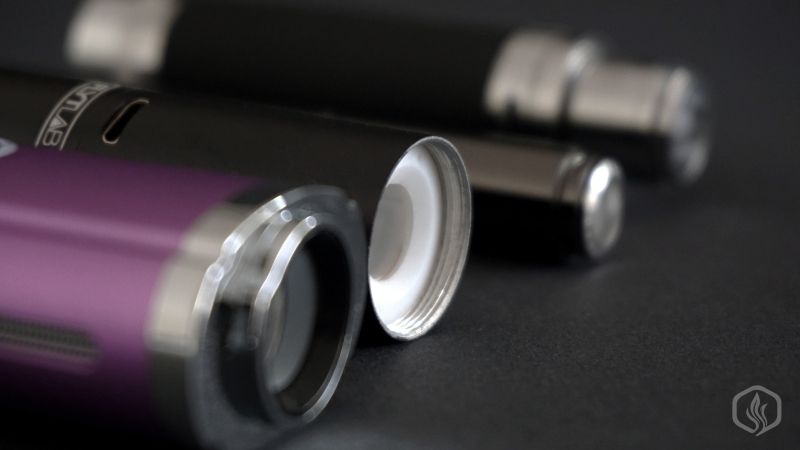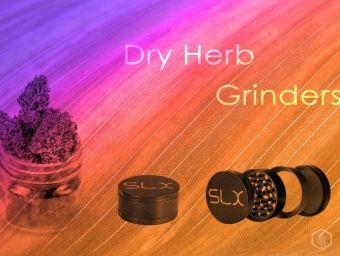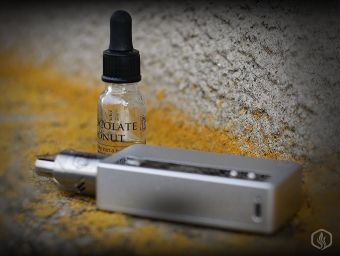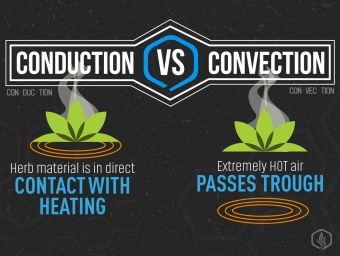If you're browsing the internet for your first portable herb vape, then you're probably familiar with the ceramic VS stainless steel oven debate. And while many users and reviewers recommend ceramic, there are a few big companies and top rated products which use stainless steel inside their heating chambers. Both these materials are non-reactive and deliver great results in terms of flavor but what sets them apart?
We are going to take a closer look at the pros and cons behind these two technologies, discuss the alternatives and see which is best for vaping dry herbs. By the end of this article you will have a better understanding of what is going on inside the heating chamber and which product is best suited for your needs and budget.
Ceramic oven – a very popular solution
Ceramic is without a doubt the most common type of oven used in portable dry herb devices. This material is easily molded into any shape or size; it's inexpensive, relatively lightweight and non-reactive. This means it won't add any aftertaste during the vaporizing process and will keep the flavor pure and crisp.
Ceramic also has very well good thermal proprieties, especially helpful in the case of dry herb vaping. It doesn't take long to heat up and prevents the creation of hot-spots inside the oven. This will result in an even distribution of heat and also an even extraction of the essential oils from the plant. It also plays a crucial role in inhibiting any partial combustion even at high temperatures.

There are, however, a few cons with using ceramic ovens. First and most important of them is porosity. The material has thousands of microscopic pores which can get clogged up over time with resin or debris due to the vaporizing process. This makes cleaning harder and requires more maintenance over time. Also, heat up times are not as fast as in the case of stainless steel, therefore the material will require a bit more energy and time to reach the same temperature. And last but not least, ceramic is quite fragile and can easily crack in case of drops or sudden changes in temperature.
Pro Tip: Not on the picture, however, one of the best ceramic oven dry herb vaporizers we recommend at this moment is the Davinci IQ
Stainless Steel oven – pros and cons
Stainless Steel is the best alternative to ceramic bowls. This material is also non-reactive, has very fast heat up times and is non-porous. It makes cleaning super easy and it won't affect the flavor in any way. Ovens made from stainless steel are also a lot more durable, since this material isn't susceptible to cracks in the case of mechanical shocks or sudden temperature fluctuations. This is true with either conduction or convection vaporizers.
The downside is that stainless steel is a lot heavier and more expensive to machine in such small shapes and sizes. It will increase the overall weight of the end product as well as its price. At the same time, heat transfer is better and faster, which could cause partial combustion and hot spots inside the chamber. However, many top of the line portable vaporizers have additional features which prevent this from happening. If you would like to try out a herb vape with a stainless steel oven, we recommend to try out the PAX 3.
The alternative to ceramic and stainless steel
Glass is the best alternative to stainless steel and ceramic bowls. This is also an inert material which doesn't react with the dry herb and doesn't affect its flavor. It's non-porous, very easy to clean, not that heavy and relatively inexpensive.
The problem with glass is that it's very fragile. It can easily break in the case of mechanical shocks or temperature changes. This is the main reason why it's not that commonly used. Our favorite glass oven vaporizer is definitely the Firefly 2.
Which material to choose?
As you can see for yourself, all the materials used for making dry herb vaporizer bowls have their unique features as well as their pros and cons. For beginners we recommend ceramic since it's the most popular and affordable technology out there. And entry level or mid-range vape won't set you back more than $150 and the performance you get far outweighs any disadvantage. Sure, it's a bit hard to clean but using a cotton swab dipped in rubbing alcohol does the trick. As long as you do this after each session and prevent debris and resin from clogging those pores you're all set for a pure and flavorful dry herb experience.















